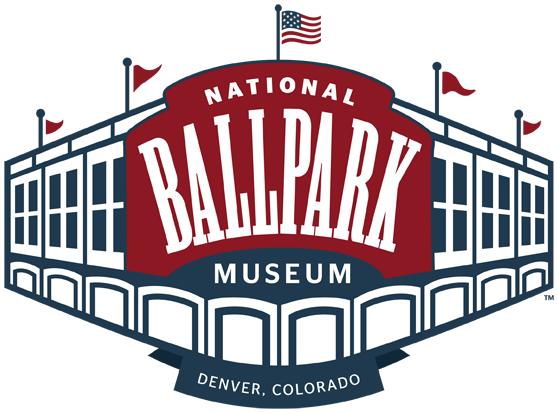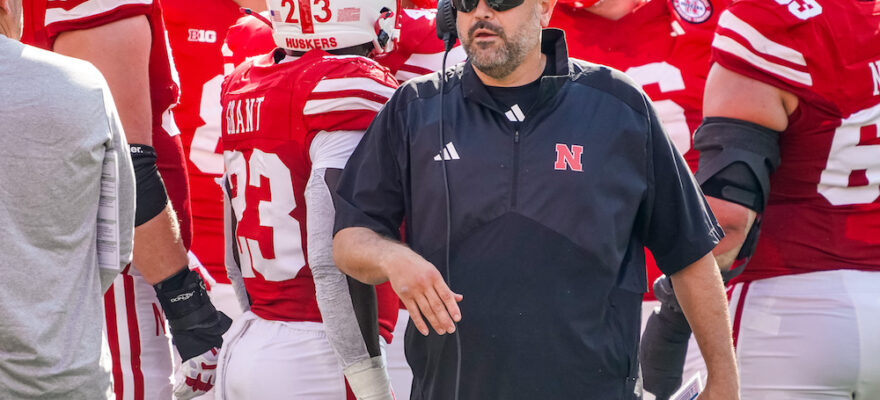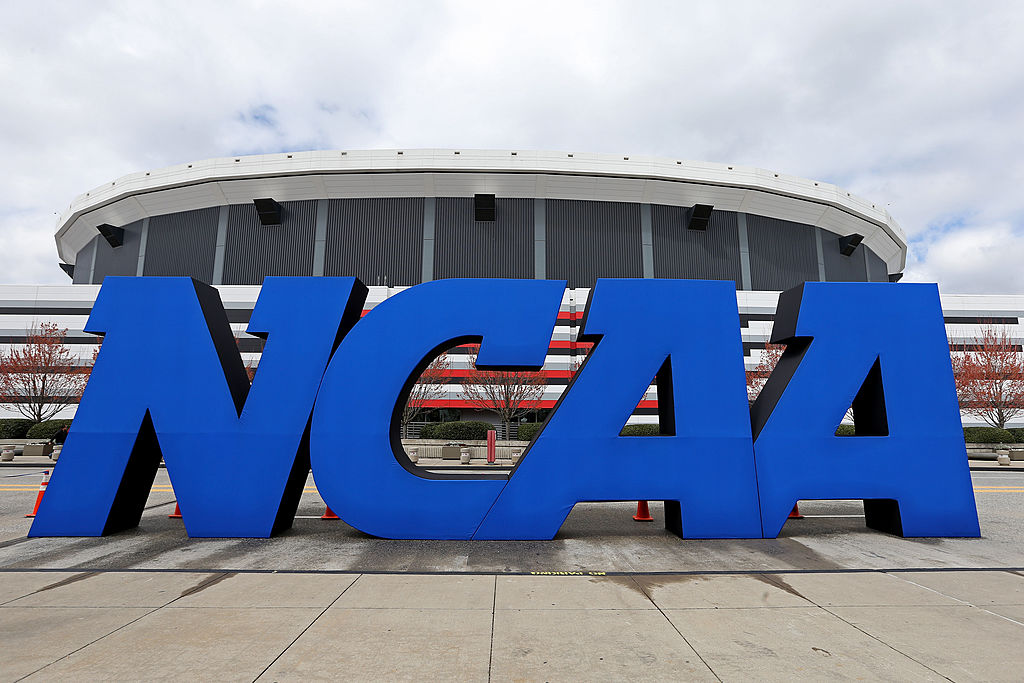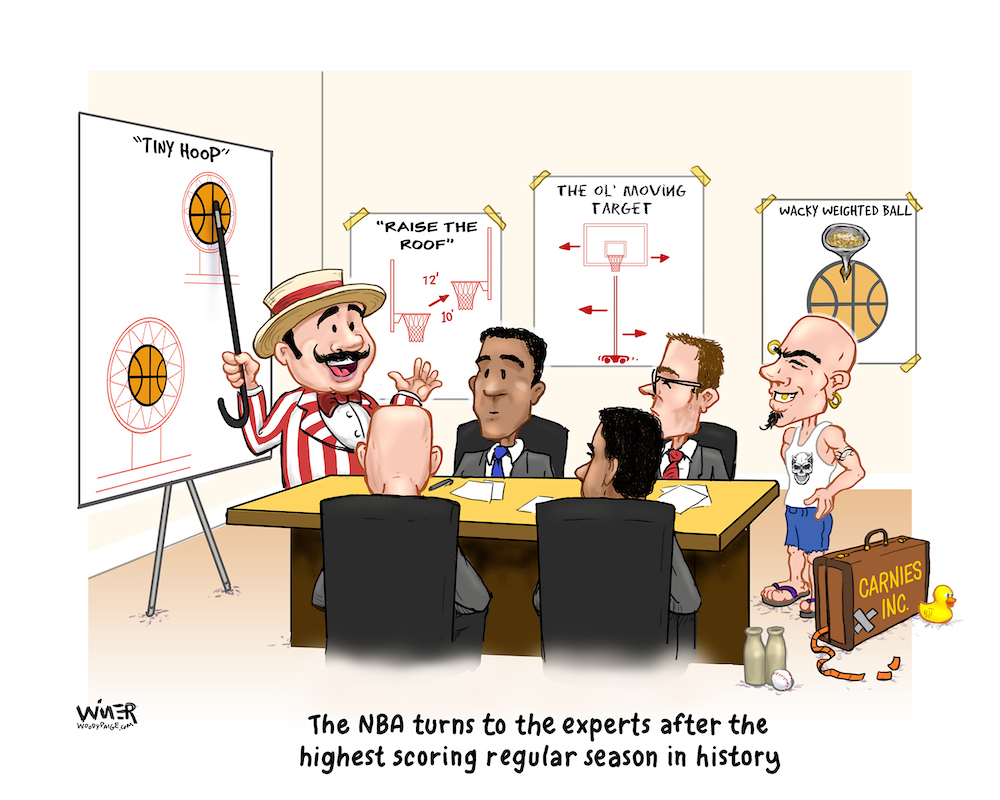Bestselling author Kevin Kelly must have had mega conferences in College Football in mind when he coined the phrase “Don’t be the best, be the only.”
Imagine trying to be the best offense in a conference of 16 or 18 teams where everyone is running more or less the same stuff? Wouldn’t it be better to be the only?
Case in point: Starting next season, Oklahoma will join the powerful SEC and be competing week in and week out with programs that are all similar in terms of resources. That includes money, facilities, recruiting and even NIL opportunities. How do the Sooners make themselves stand out?

Maybe by going back to the future?
Time was when OU ran an offense that yes, many other teams ran at the time, but none did it as nearly as well. It was an offense that ground opponents into the ground, blistered them with big plays, controlled the clock and allowed their defense to get adequate rest between most series – which in turn allowed that unit to remain rested and dominant from start to finish. When the Sooners ran the Wishbone offense – incorporating the Triple Option while throwing only well timed and deceptive passes – they were virtually unstoppable. And that was an era when a lot of other programs ran something similar and were more or less prepared for what they were going to see that week. It was the pro-style offense that was the anomaly back then.
If you want a visual as to what it would look like in today’s game, look no further than nationally ranked and unbeaten Air Force. The Falcons run a Triple Option offense that leads the country in rushing (per usual), controls the ball and allows a very talented defense to catch their breath between series and play often times smothering football…even with players that are typically smaller and less talented (according to recruiting rankings) than their opposition.
Imagine what that offense could do with a bunch of four and five star recruits?
Back in the heyday of Oklahoma football, the Sooners sent out a bevy of talented running backs – like Heisman winner/Pro Bowler Billy Sims – who led Barry Switzer’s teams to 12 Big Eight titles and three National Championships. And even in the years they didn’t win it, they were always in contention. While Oklahoma has been a Top Ten program over the past two and a half decades, what Switzer’s teams did back then was more than the Sooners can claim in recent years. Sure, they’ve had a lot of success, but when they join the likes of Georgia and Alabama, these Sooners are more likely to become just another really good SEC team.
You can say much the same thing about the Sooners’ longtime rival, Nebraska, which hasn’t been truly relevant since they stopped running the option two decades ago. Their heyday in the 1980’s and 1990’s mirrored OU to some extent, even before they broke the OU curse in the mid 1990’s and reached the pinnacle with three national titles. Tom Osborne’s teams did so in large part by stealing and then mirroring what the Switzer and company were doing on offense with their I-formation version of the Triple Option. Nebraska – including 1983 Heisman winner Mike Rozier – became the best in the nation at running the football…and that ball control meant a great deal to their powerful defenses.
The Huskers current conference, the Big Ten, will have a staggering 18 members next season. Nebraska faces the same dilemma: Try to be better at operating pretty much the same offense as everyone else in their conference, a league that will include Michigan, Ohio State, Oregon, Penn State, Washington and Southern Cal. Good luck with that.
So why shouldn’t the Sooners and the Cornhuskers go back to running the option, the way Air Force does?
The answer you’ll get most often is “you can’t recruit players to run that offense anymore. They all want to play in pro-style offenses.” In other words, recruits want to show what they can do for NFL scouts. Got it.
That argument only makes sense if you’re talking about recruiting quarterbacks and wide receivers, and even then it’s far from absolute. Running backs and offensive lineman LOVE running the option, and you could recruit them like crazy. The two Big Red’s each sent dozens and dozens of players to the NFL during their option-running years, including Nebraska wide receiver Irving Fryar, the first overall draft pick by New England in 1984 who went on to play for 17 seasons. Hall of Fame offensive lineman Will Sheilds was a Husker. So was Pro Bowl running back Ahman Green and should be Hall of Famer and multiple Super Bowl winner Roger Craig. OU sent the NFL Sims of course, plus Greg Pruitt, Joe Washington and All-Pro tight end Keith Jackson. On defense – which should be helped in recruiting by the offensive shift, there are Pro Football Hall of Famers like Leroy Selmon, standout Tony Casillas and Super Bowl winning DB Scott Case, who all played for the Sooners, plus six-time Pro Bowler Neil Smith, All-Pro safety Mike Brown and Pro Bowl defensive end Mike Rucker who were Huskers.
A good coach could recruit future NFL talent even if he and his staff were running an offense similar to what Air Force is running today. In fact, Oklahoma head man Brent Venables is a defense-first guy. He should relish the idea of operating a unique, hard to prepare for ball control offense.
If Oklahoma and Nebraska – scheduled to meet as non-conference foes again in 2029 – were to turn back to the Triple Option, they’d cause headaches and upsets all over their mega-conferences. Neither would have to worry about being the best (pro-style) offense in their respective leagues, they’d be the ONLY.
Follow Mark on Twitter @markknudson41
More from The Woody Paige Sports Network:
- Woody Paige: That time I played blackjack with Michael Jordan in Monte Carlo
- Woody Paige: A tribute to the legendary John Madden
- Watching and Learning from the great Nolan Ryan
- Woody Paige: It’s time for the Monfort family to sell the Colorado Rockies
- Woody Paige: Denver could be hosting another championship parade (or two) next year



















